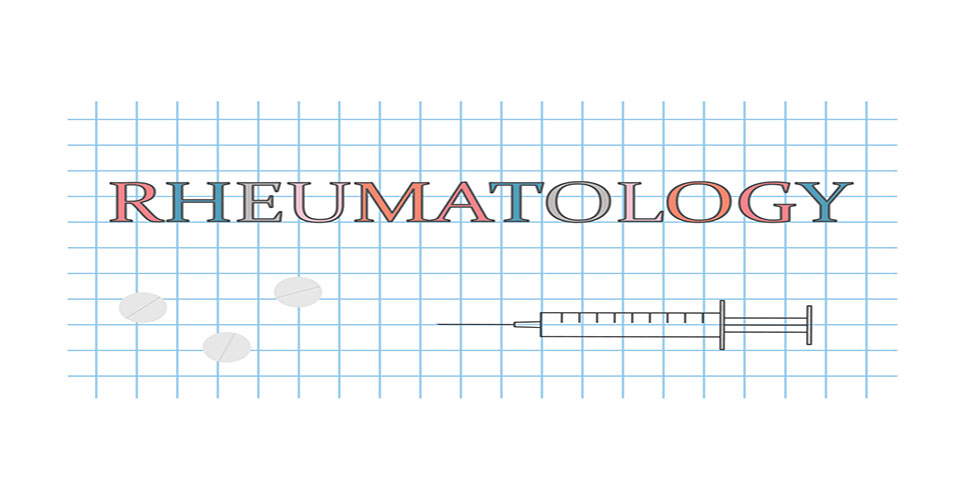teaser
Abbott today announced that the European Commission (EC) has approved HUMIRA® (adalimumab) for the treatment of adults with severe axial spondyloarthritis (axSpA) who have no X-ray evidence of structural damage.
HUMIRA is the first and only approved medication available for non-radiographic axSpA patients (nr-axSpA). This approval marks the eighth indication for HUMIRA in the European Union since the product’s first approval in 2003.
AxSpA, which includes ankylosing spondylitis (AS) and nr-axSpA, can be a debilitating condition that primarily presents with chronic back pain and stiffness, and can also be accompanied by the presence of arthritis, inflammation in the eye and/or gastrointestinal tract.
People with nr-axSpA can have similar signs and symptoms as AS, including chronic pain and loss of function, but do not have X-ray evidence of structural damage. Non-radiographic axSpA is most often seen in younger individuals in their most productive point in life and can go unrecognized for years.
“This first approval of an anti-TNF for non-radiographic axial SpA is a significant step forward in the disease management of these patients,” said Joachim Sieper, M.D., Head of Rheumatology, Campus Benjamin Franklin of the Charitè University Hospital, Berlin, Germany. “HUMIRA has demonstrated a positive benefit-risk profile in non-radiographic axial SpA and access to this treatment option may help physicians treat even more patients suffering from this disease.”
HUMIRA is indicated for the treatment of adults with severe axSpA without radiographic evidence of AS, but with objective signs of inflammation by elevated c-reactive protein (CRP) and/or MRI who have had an inadequate response to, or are intolerant to non-steroidal anti-inflammatory drugs (NSAIDs). HUMIRA is currently indicated for the treatment of adults with severe active AS who have had an inadequate response to conventional therapy.
“With this additional indication for HUMIRA, physicians now have an option to help address an unmet need and treat a disease for which no medicine has previously been approved,” said John Leonard, M.D., senior vice president, Pharmaceuticals Research and Development, Abbott.
“This approval marks another advancement in Abbott’s commitment to the continued innovation of HUMIRA in providing treatment for a broad scope of difficult-to-treat immune-mediated diseases.”
About SpA
Spondyloarthritis (SpA) is a group of diseases that share common clinical, radiographic and genetic features. SpA can be categorized according to which part of the body is mainly affected – axial or peripheral. The Assessment of SpondyloArthritis international Society (ASAS) developed improved classification criteria for axial and peripheral SpA designed to facilitate identification and classification of people with a spondyloarthritis who share similar manifestations. Criteria for axial SpA incorporate the use of magnetic resonance imaging (MRI), in addition to traditional X-rays, for visualizing sacroiliitis (inflammation of the sacroiliac joint which connects the lower spine and pelvis), one of the hallmarks of axial spondyloarthritis.
Important Safety Information
HUMIRA is a TNF blocker and should not be administered to patients with known hypersensitivity to HUMIRA or any of its excipients; patients with active tuberculosis (TB) or other severe infection such as sepsis and opportunistic infections; and patients with moderate to severe heart failure (NYHA class III/IV).
Patients taking TNF-antagonists are more susceptible to serious infections. Impaired lung function may increase the risk for developing infections.
Serious infections, including sepsis, due to bacterial, mycobacterial, invasive fungal, parasitic, viral, or other opportunistic infections such as listeriosis, legionellosis and pneumocystis have been reported in patients receiving HUMIRA. Other serious infections seen in clinical trials include pneumonia, pyelonephritis, septic arthritis and septicaemia. Hospitalisation or fatal outcomes associated with infections have been reported. There have been reports of tuberculosis in patients receiving HUMIRA. The frequency of serious infections among HUMIRA treated subjects over 65 years of age was higher than for those under 65 years of age.
Before initiating treatment with HUMIRA, all patients must be evaluated for both active or inactive (latent) TB infection and also HBV infection. Patients must be monitored closely for infections, including tuberculosis, before, during and after treatment with HUMIRA. Treatment with HUMIRA should not be initiated in patients with active infections including chronic or localized infections until infections are controlled.
In clinical trials, more cases of malignancies including lymphoma have been observed among patients receiving a TNF-antagonist compared with control patients. However, the occurrence was rare. In the post marketing setting, cases of leukemia have been reported in patients treated with a TNF-antagonist.
Malignancies, some fatal, have been reported among children, adolescents and young adults treated with TNF-antagonists including HUMIRA in the post marketing setting. Approximately half the cases were lymphomas. The other cases represented a variety of different malignancies and included rare malignancies usually associated with immunosuppression.
Rare post marketing cases of hepatosplenic T-cell lymphoma (HSTCL) have been identified in patients treated with HUMIRA. HSTCL has a very aggressive disease course and is usually fatal. Some of these cases of HSTCL with HUMIRA have occurred in young adult patients on concomitant treatment with azathioprine or 6-mercaptopurine used for inflammatory bowel disease. All patients, and in particular patients with a medical history of extensive immunosuppressant therapy or psoriasis patients with a history of PUVA treatment should be examined for the presence of non-melanoma skin cancer prior to and during treatment with HUMIRA.
Other possible serious side effects with HUMIRA have occurred. Including the following:
• Reactivation of hepatitis B in chronic carriers of this virus
• Central nervous system problems, specifically, demyelinating disease including multiple sclerosis, and peripheral demyelinating disease, including Guillain-Barré syndrome
• Allergic reactions including anaphylaxis
• Haematologic reactions
• Cases of worsening congestive heart failure
• Certain immune reactions such as lupus like syndrome
Patients on HUMIRA may receive concurrent vaccinations, except for live vaccines.
The use of HUMIRA with anakinra or abatacept is not recommended.
The most commonly reported adverse reactions are infections (such as nasopharyngitis, upper respiratory tract infection and sinusitis), injection site reactions (erythema, itching, haemorrhage, pain or swelling), headache and musculoskeletal pain.
HUMIRA is given by injection under the skin.
Globally, prescribing information varies; refer to the individual country product label for complete information.

